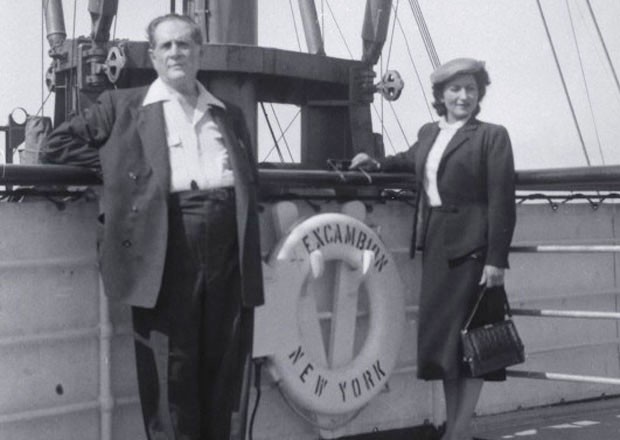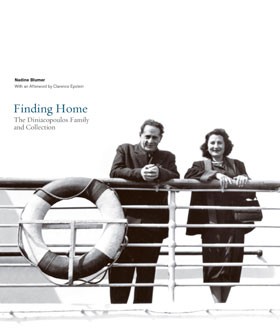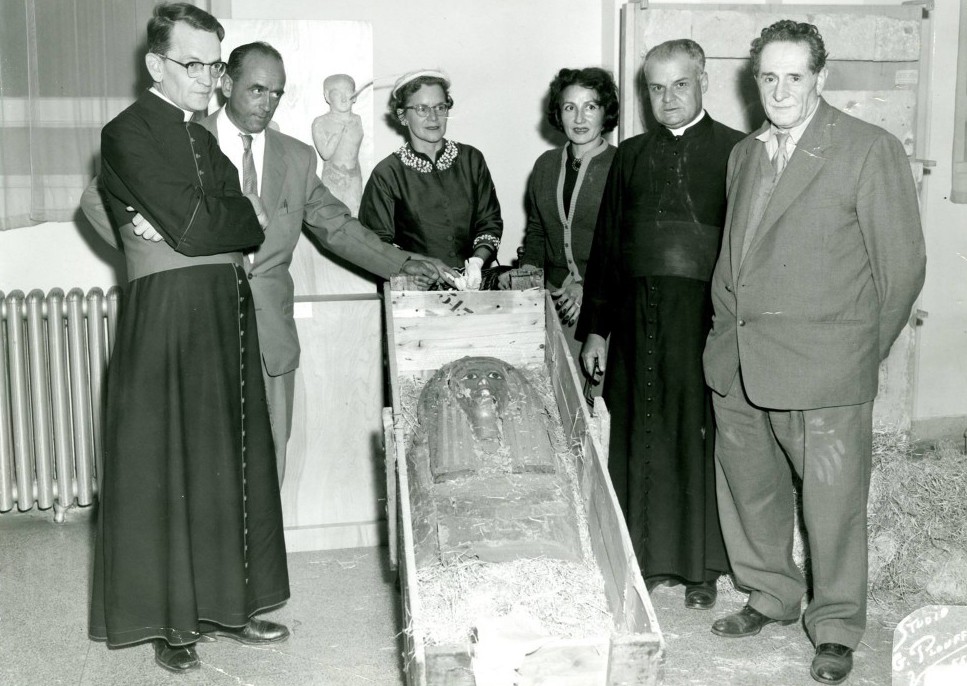Nadine Blumer: My research has always focused on groups marginalized from the historical record, so I was not immediately drawn to what seemed like the story of a bourgeois family of art collectors.
But as I began to dig deeper into the archive, I realized that this was also a story of diverse ethnic identities. The Diniacopoulos family emigrated from France, but had Greek, Syrian and Egyptian roots.
I was also fascinated by the family matriarch, Olga. She was an active art collector, archeologist and gallery owner in a time period that was not favourable to women in the workplace, let alone the art world.
For me, the story of the Diniacopoulos family is one of a woman living in constraining times. But, because of necessity and circumstance, and certainly out of passion, she thrives in her own right.
So, a major theme of the book is Olga’s experience of navigating a male-dominated art world?
NB: Yes, Olga’s central role in managing and eventually distributing the family’s spectacular art collection was noteworthy because she did it during a time that was just beginning to see the active participation of women in the workforce.
She became a widow at the age of 61, at which point she had to be fully responsible for the collection that she and her husband had spent a lifetime acquiring. She single-handedly negotiated with the Quebec Ministry of Cultural Affairs and succeeded at selling off some very important parts of the collection.
 Vincent and Olga Diniacopoulos / photos courtesy of Concordia Records Management and Archives
Vincent and Olga Diniacopoulos / photos courtesy of Concordia Records Management and Archives

 Olga and Vincent Diniacopoulos with clergy members and local dignitaries at the opening of the Valleyfield Seminary's archeology museum in 1954.
Olga and Vincent Diniacopoulos with clergy members and local dignitaries at the opening of the Valleyfield Seminary's archeology museum in 1954.


